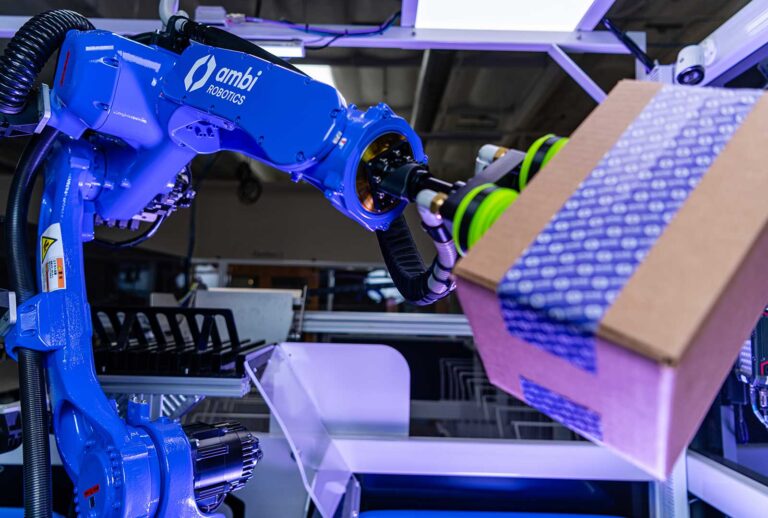AV 2.0, Wayve’s Approach to Autonomous Driving
Alex Kendall, Co-Founder & CEO, Wayve joined Grayson Brulte on The Road to Autonomy podcast to discuss Wayve’s AV 2.0 approach to autonomous driving.
The conversation begins with Alex discussing the founding of Wayve and how their autonomous driving stack has evolved.
Yes, we started with cameras, but a common misconception is that we think camera only is the way to go. Actually I think the sensing stack you need to use should be based on safety, scalability and economics.
– Alex Kendall
Wayve’s approach to autonomous driving has attracted world class investors such as Microsoft. Last year, Microsoft co-founder Bill Gates visited Wayve and took a ride in their autonomous vehicle through the central London and Soho on an unmapped, un-planned route.
The whole thesis behind our approach is to build a system that can learn behavior.
– Alex Kendall
This approach is called AV 2.0. It is being developed with end-to-end neural networks that are economically scalable. Does this approach end up being the most common approach to solving autonomous driving? Tesla is taking a similar approach with the introduction of FSD 12. Could Wayve and Tesla usher in a future of autonomous driving with end-to-end neural net autonomous vehicles?
As Wayve begins to commercialize their autonomous driving technology, they are first deploying their software as a driving assistance system with OEMs.
We don’t need to change any hardware, add-on or retro-fit anything. We can work with production vehicles today and have the neural network deployed. The advantage of this is that we can start to give consumers exposure to embodied AI, rather than dropping in an L4 solution from day zero. We give them an exposure to a companion co-pilot driver assistance system and it can learn overtime quickly developing to a point where it can become L4 and autonomous.
– Alex Kendall
The advantages of this approach are that it allows Wayve to generate revenue today, gather more data to train the neural nets and build public trust. The more data, the better the neural nets. There is also the opportunity to license data to other autonomous vehicle developers. It’s a strategic approach with lots of options as Wayve has chosen to partner with OEMs and not build their own vehicle.
Wrapping up the conversation, Alex share his thoughts on embodied AI and the future of Wayve.
Recorded on Friday, March 8, 2024
Episode Chapters
- 0:08 Founding of Wayve
- 5:34 Bill Gates Goes For a Ride
- 6:35 AV 2.0
- 19:22 Wayve Commercialization Model
- 24:22 Testing Autonomous Vehicles in London
- 26:02 Data as an Asset Class
- 29:51 Partnership Approach
- 30:59 Future of Wayve




